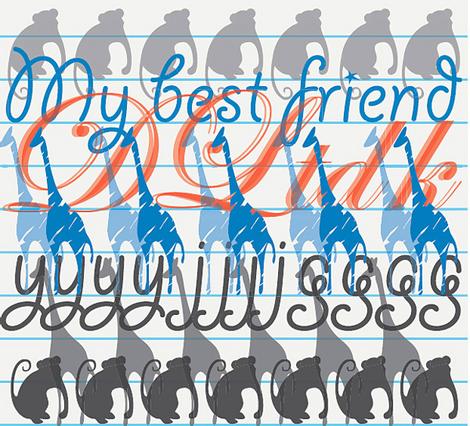A few more interesting events are coming up at the State Library of Victoria, all of them are free of charge (but bookings are required), which in this financial environment has got to be good.
On Tuesday 5th May, there is a forum on ‘The Web 2.0 World’. The forum will examine the use of Web 2.0 technologies to find, engage and collaborate with users. Click here to book.
On Tuesday 19th May, The Learning to Learn series focuses on ‘Today’s Kids, Tomorrow’s School.’ This session will look how students need to learn and what impact new approaches to education are having on students and their futures. Click here to book.
On Tuesday 9th June, ‘The Web 2.0 World: Play’ gives participants the option to experiment with Web 2.0 tools and technologies. (The link for booking this session is not yet available. It will be added when ready.)
These sessions are not only relevant to teachers/librarians, but can count towards the VIT PD requirements.

